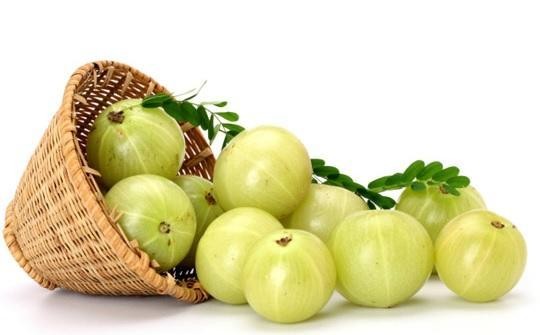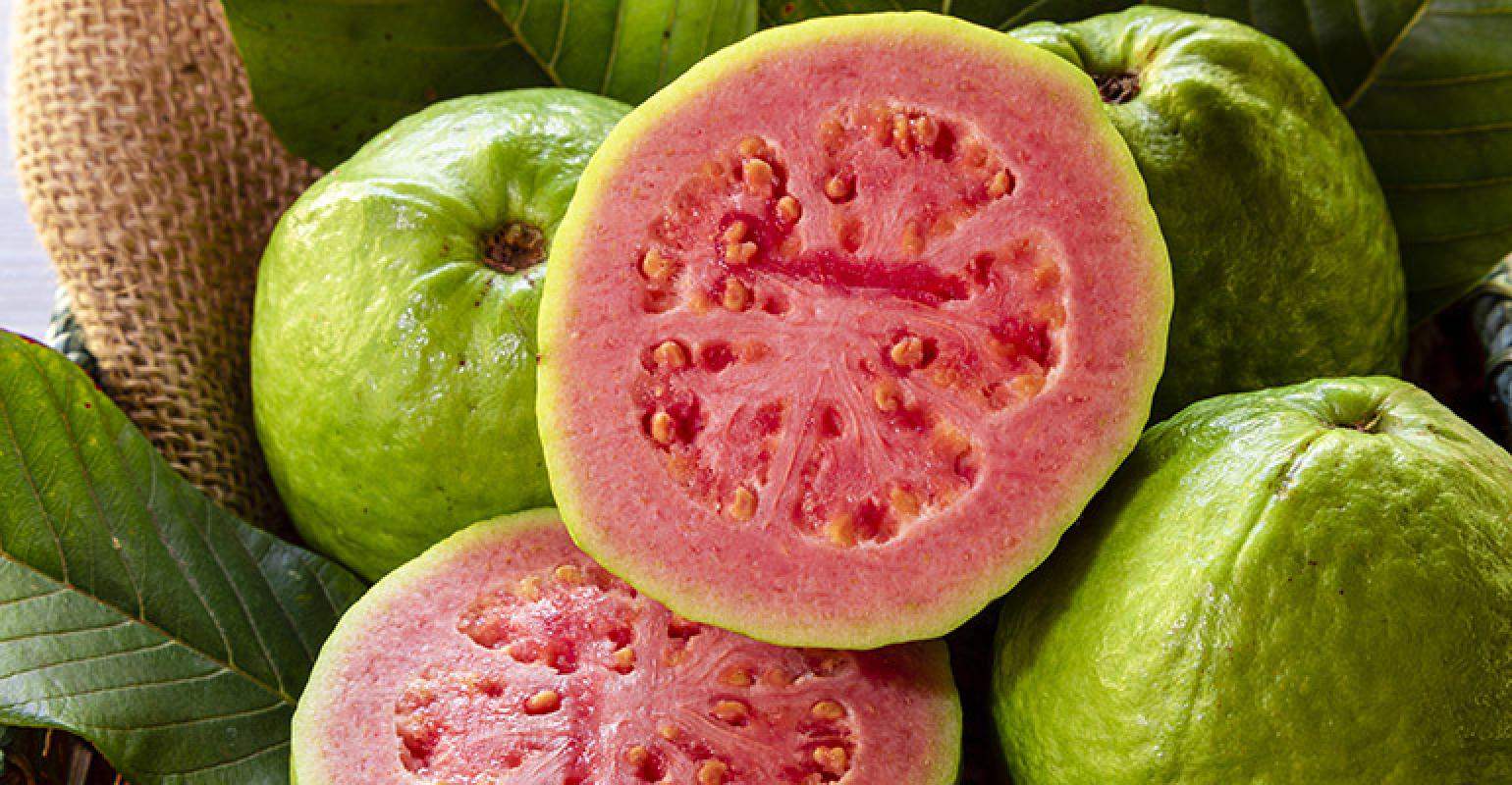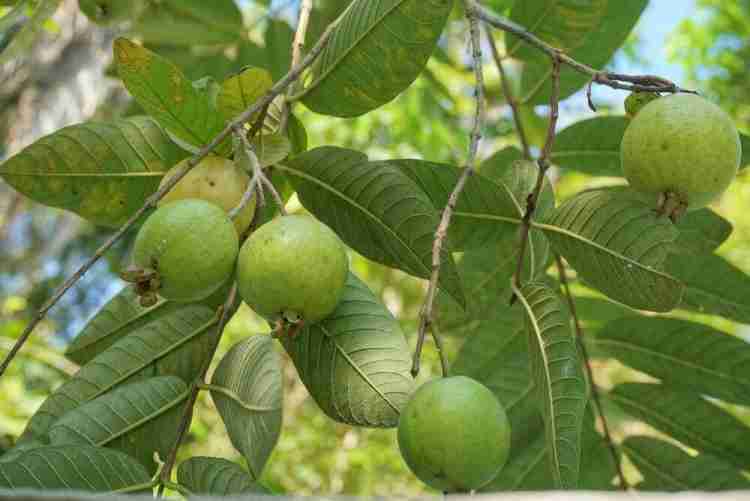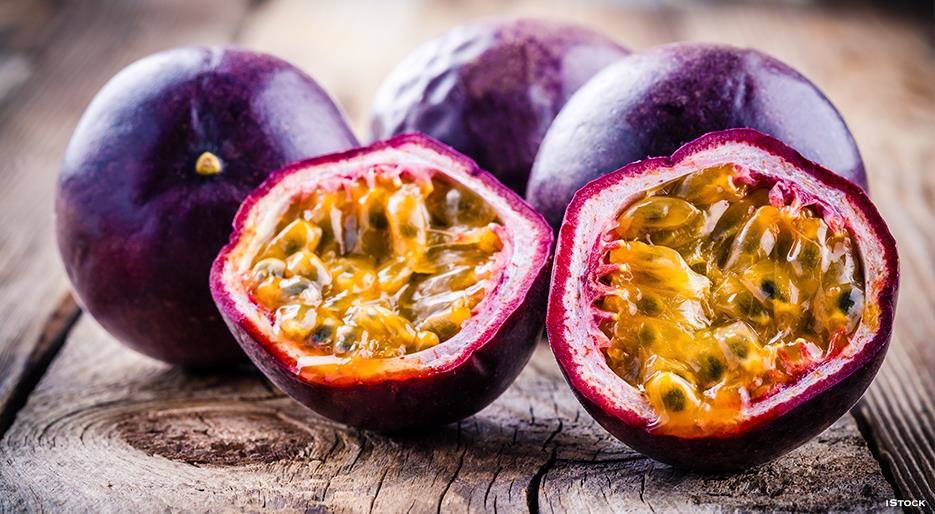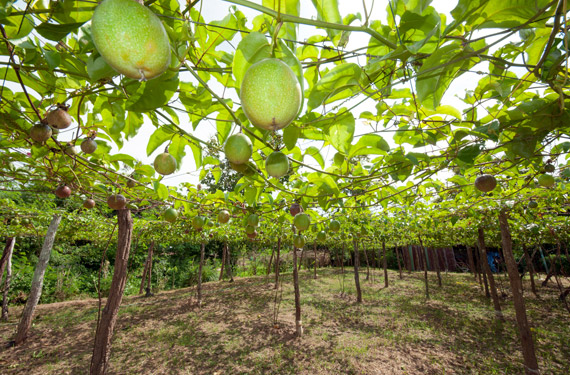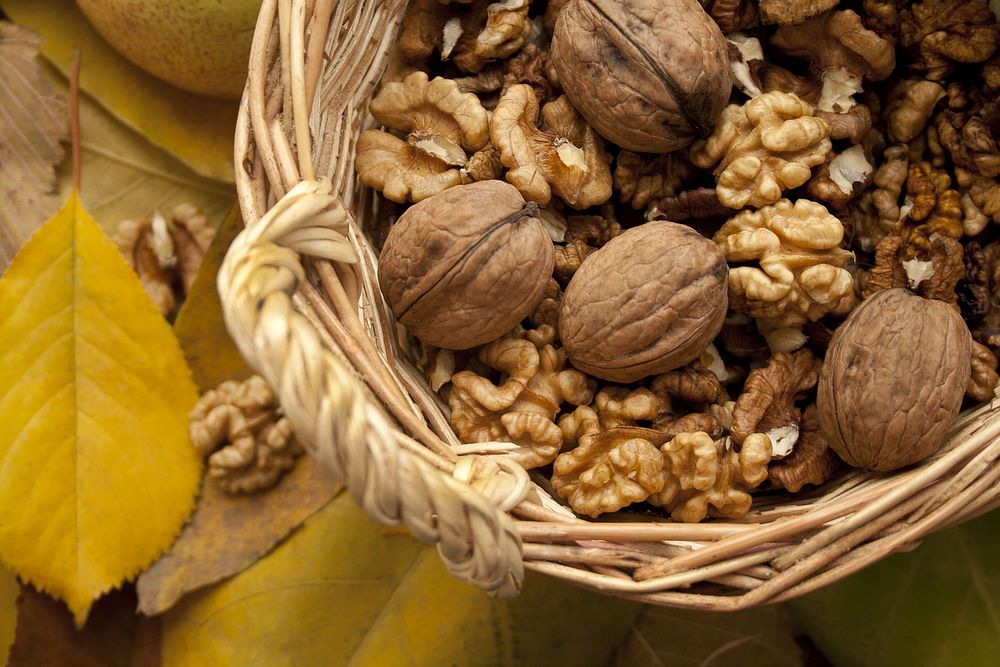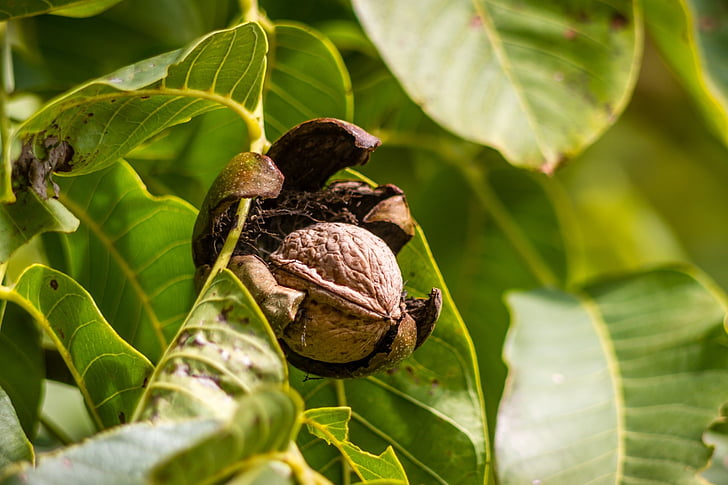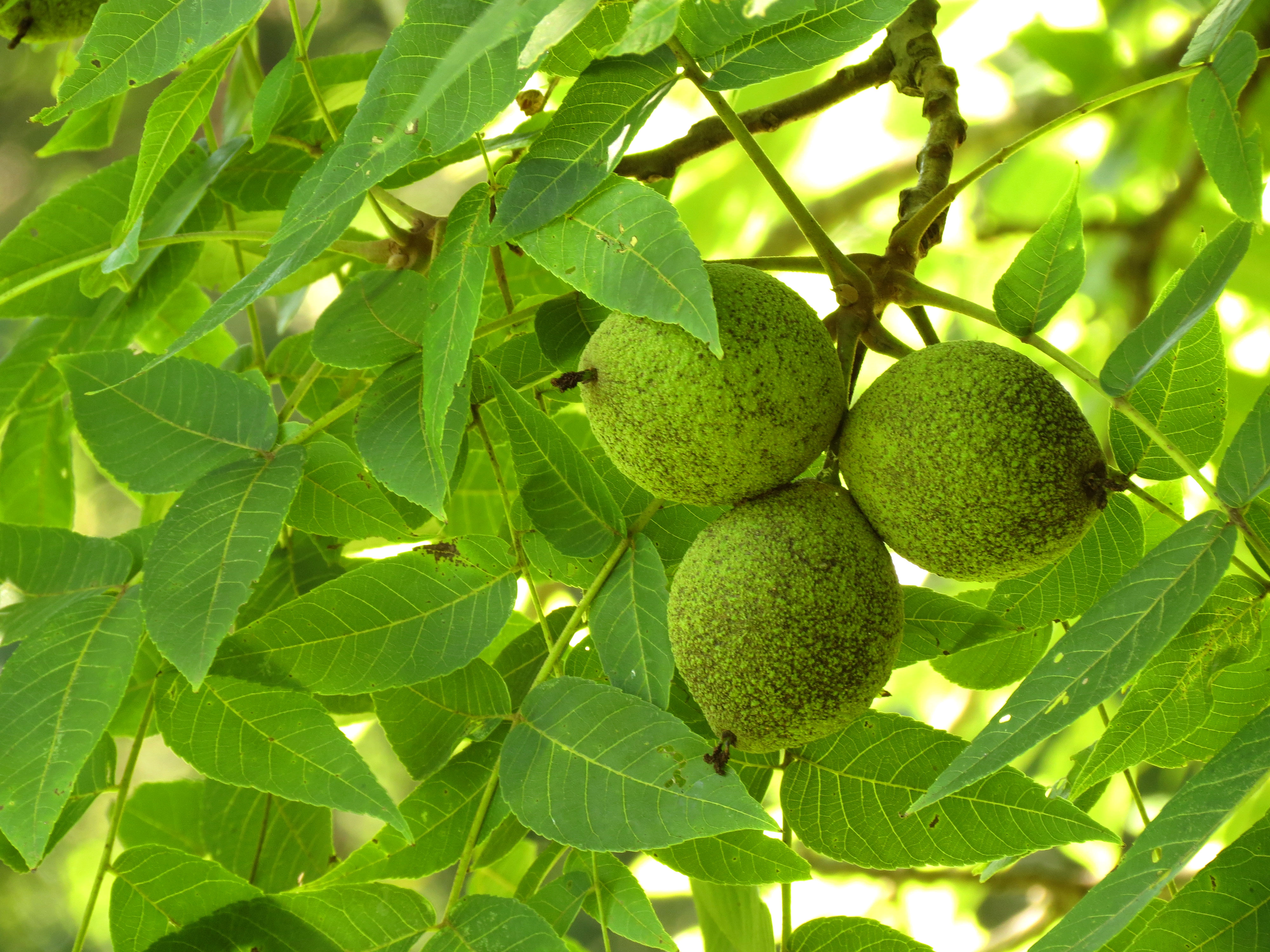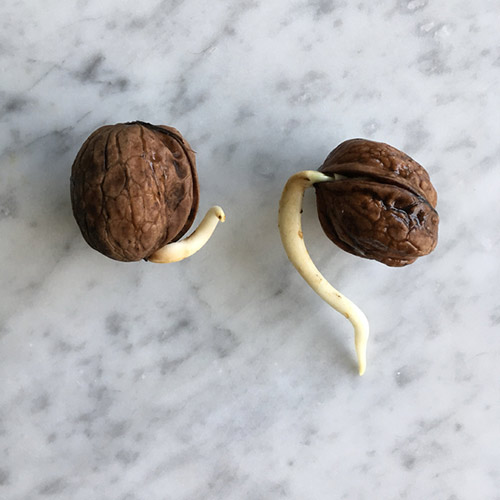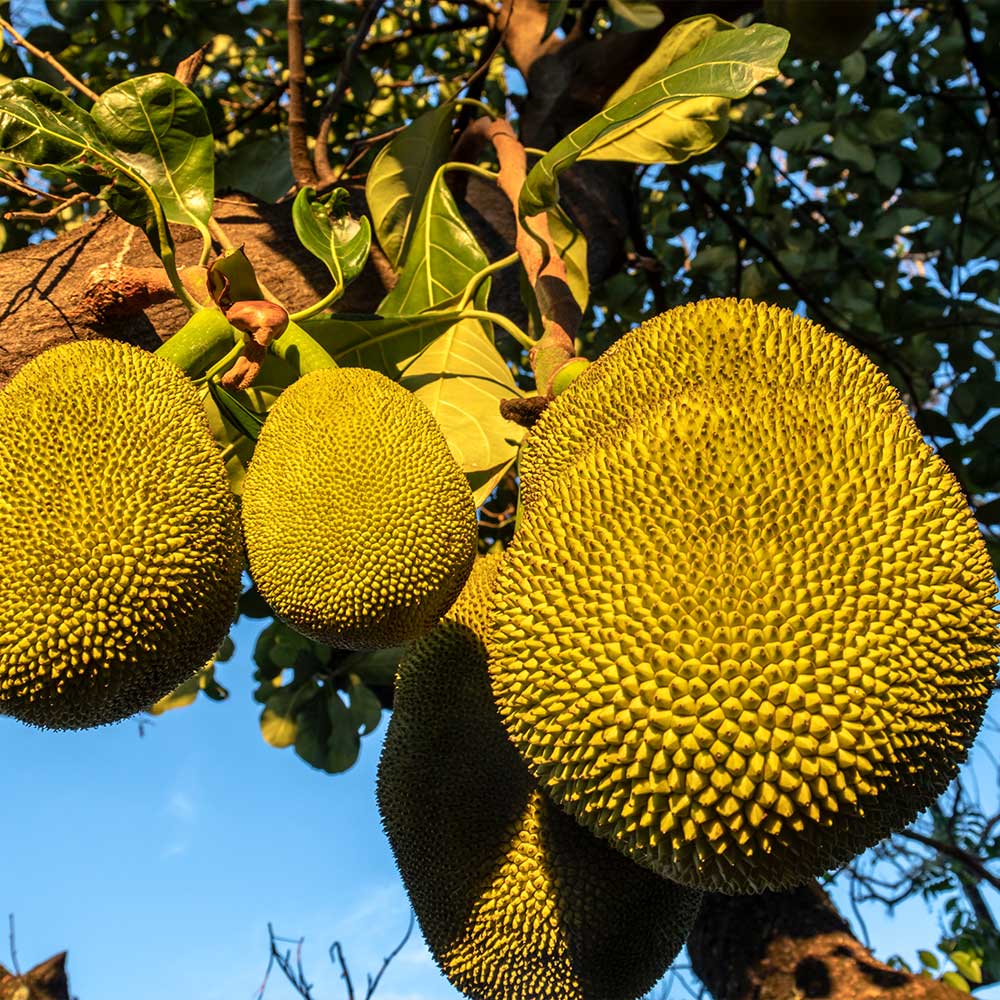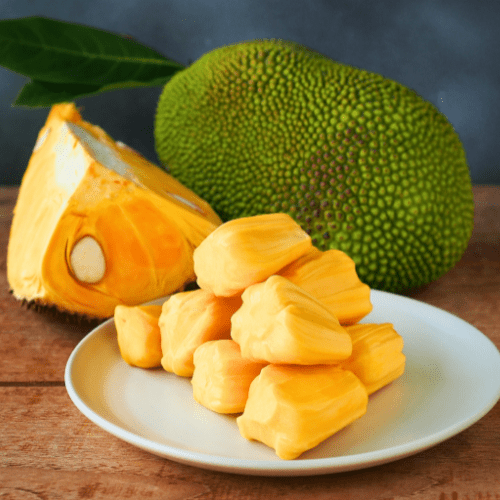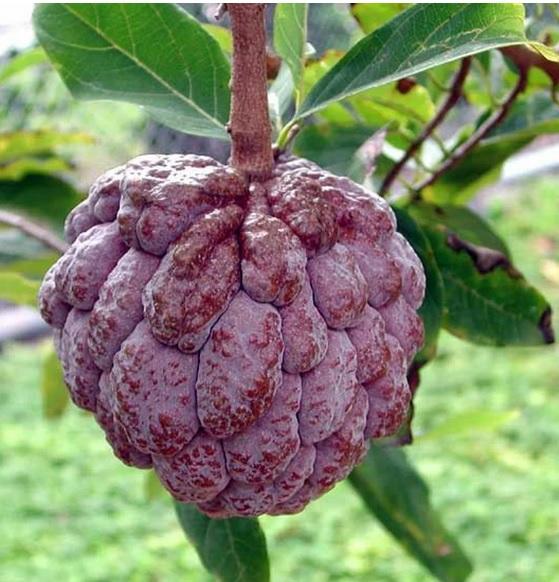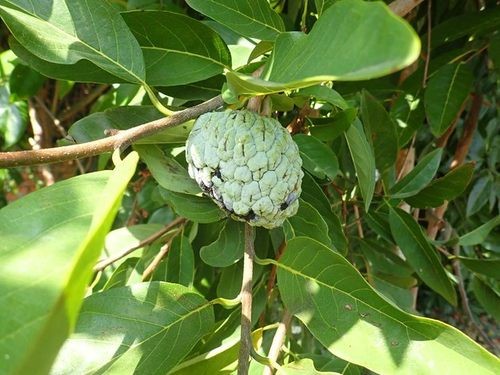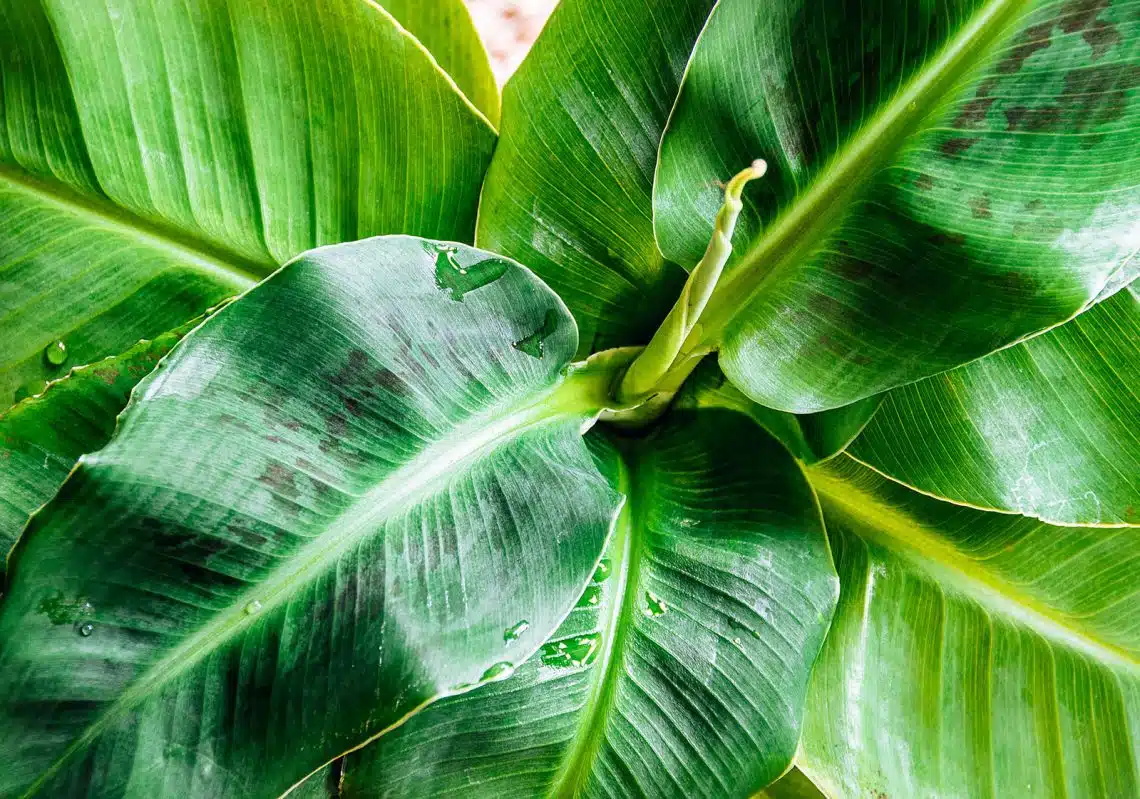In the realm of fruit-bearing trees, understanding how to grow amla tree stands as paramount for enthusiasts. The Amla tree, also known as the Indian gooseberry, offers a plethora of health benefits and an exotic charm to any garden. Cultivating an Amla tree successfully requires a blend of knowledge, care, and dedication. In this comprehensive guide, we’ll delve into everything you need to know to master the art of how to grow amla tree in your own backyard.
Understanding the Amla Tree
Before diving into the specifics of how to grow amla tree, it’s essential to understand its nature and requirements. Botanically known as Phyllanthus emblica, the Amla tree is native to the Indian subcontinent. It thrives in subtropical and tropical regions, reaching heights of 8 to 18 meters. The crooked trunk and spreading branches adorned with small, feathery leaves characterize its appearance. Its resilience and adaptability make it an attractive addition to any garden.
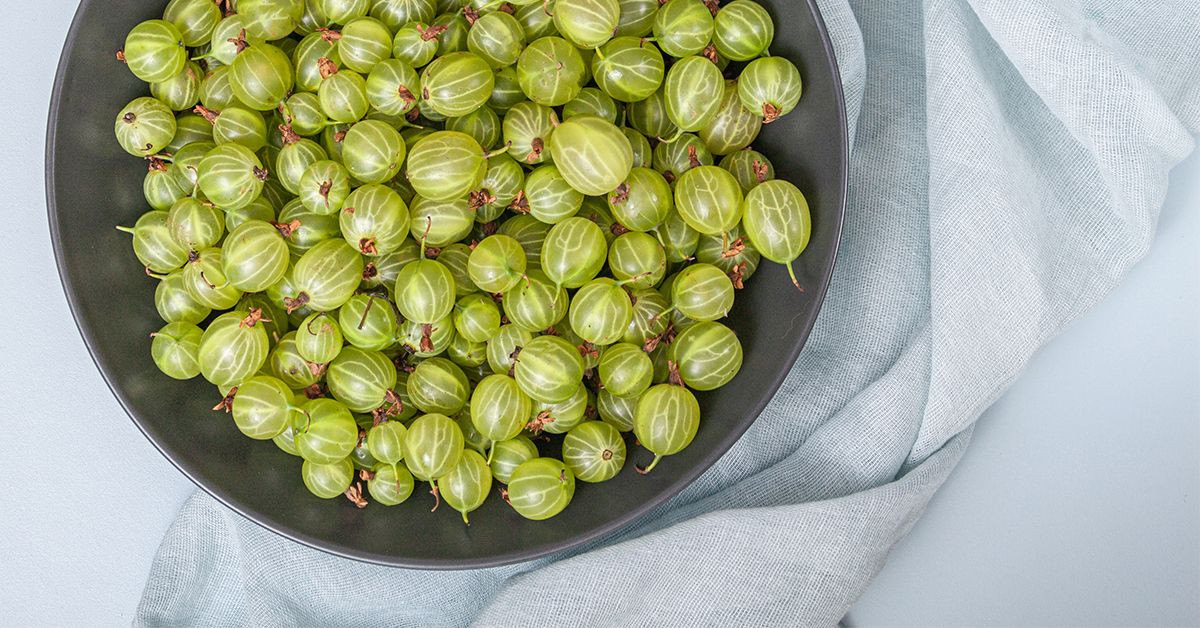
Selecting the Right Location
One of the critical factors in mastering how to grow amla tree is selecting the optimal location. Amla trees require ample sunlight to thrive, making a spot in your garden with full sun exposure essential. Additionally, ensuring well-draining soil is crucial to prevent waterlogging, which can harm the roots and overall health of the tree.
How to Grow Amla Tree, Preparing the Soil
Preparing the soil is a vital step in the journey of how to grow amla tree successfully. Amla trees prefer slightly acidic to neutral soil with a pH range of 5.5 to 7.5. Amending the soil with organic matter such as compost or well-rotted manure can improve its texture and fertility, creating an ideal environment for healthy root development.
Planting Your Amla Tree
Now that you’ve prepared the soil, it’s time to plant your Amla tree. Whether you opt for bare-root or container-grown saplings, the planting process remains the same. Dig a hole twice the width of the tree’s root ball and of equal depth. Gently remove the sapling from its container or packaging, taking care not to disturb the roots, and place it in the center of the hole. Backfill the hole with soil, ensuring the tree is planted at the same depth as it was in the container, and water thoroughly to settle the soil.
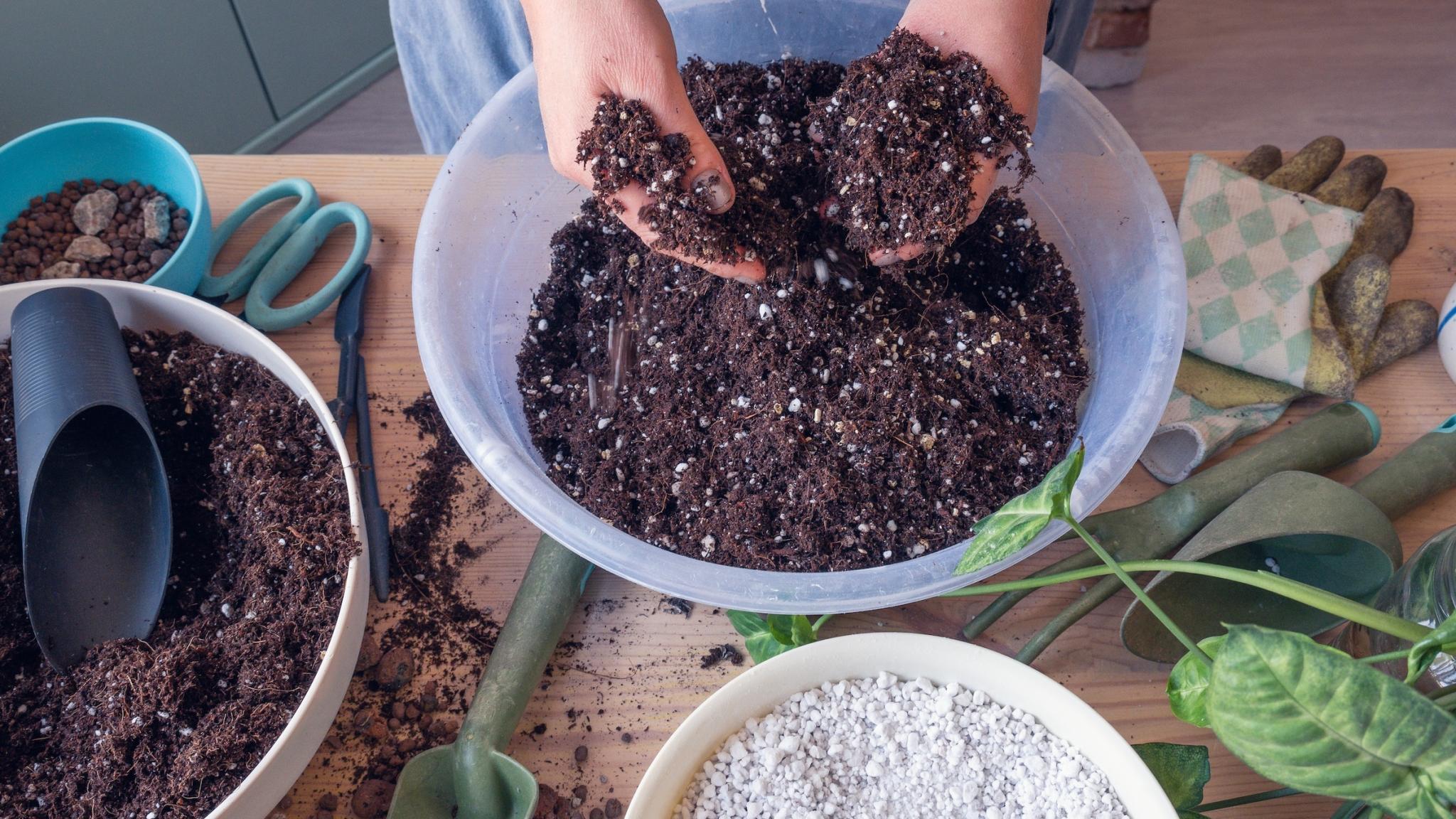
Caring for Your Amla Tree
Proper care is essential for the health and productivity of your Amla tree. Regular watering, especially during dry periods, is crucial to keep the soil moist but not waterlogged. Mulching around the base of the tree can help retain moisture and suppress weeds. Fertilize your Amla tree with a balanced fertilizer in early spring to promote healthy growth and fruit production. Pruning is also necessary to maintain the tree’s shape and remove any dead or diseased branches.
Harvesting Amla Fruits
With proper care and attention, your Amla tree will reward you with a bountiful harvest of nutritious fruits. Amla fruits typically ripen in late summer to early fall, turning from green to yellowish-green or light green when fully mature. Harvest the fruits by gently twisting them from the branch, taking care not to damage the surrounding foliage. Fresh Amla fruits can be enjoyed raw, juiced, or used in various culinary applications, including jams, chutneys, and preserves.
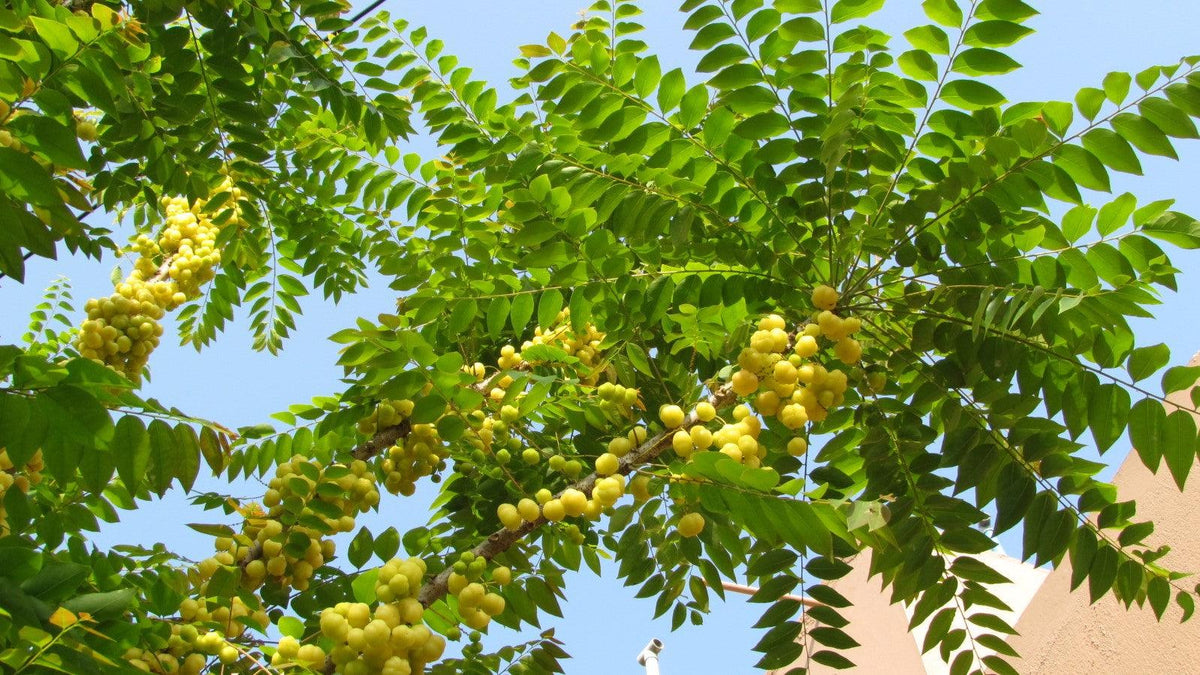
Conclusion
Mastering how to grow amla tree requires patience, knowledge, and a love for gardening. By understanding the needs of the Amla tree and providing the proper care, you can enjoy a sustainable supply of vitamin-rich fruits straight from your garden. So roll up your sleeves, follow these guidelines, and embark on your journey to growing a healthy and fruitful Amla tree today!

